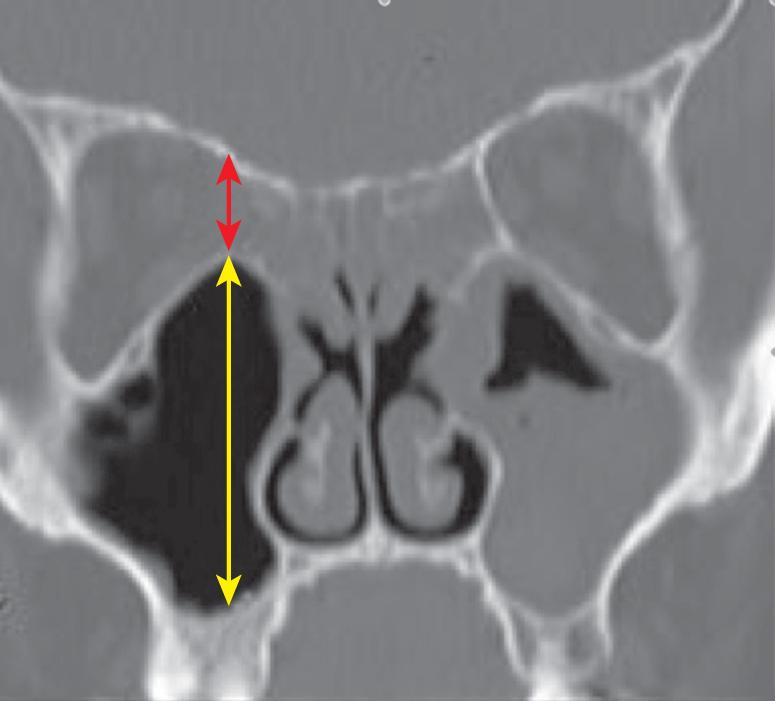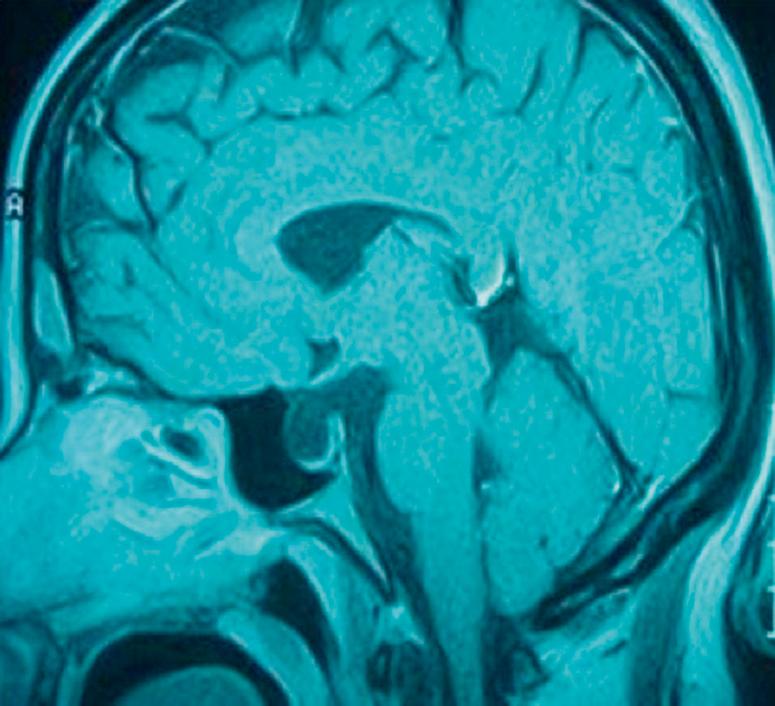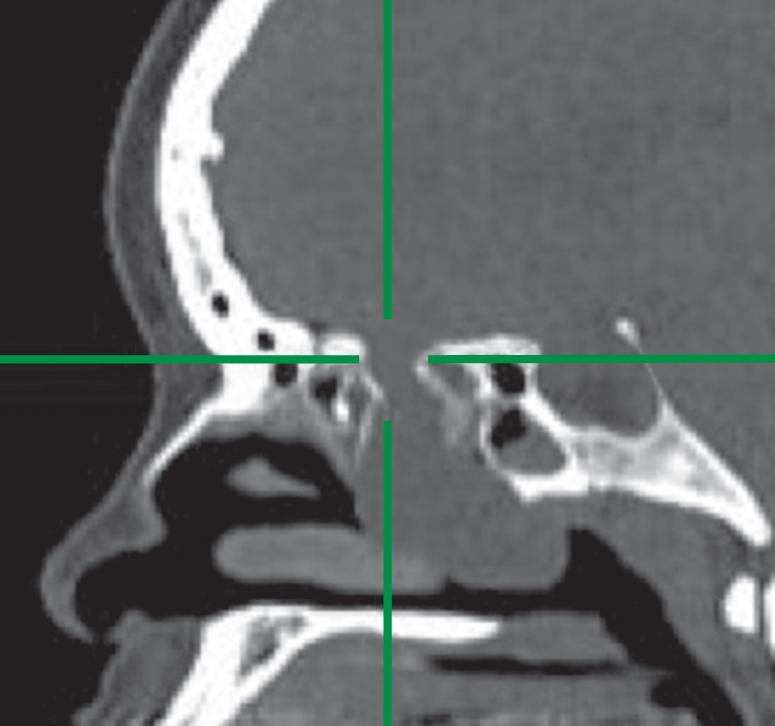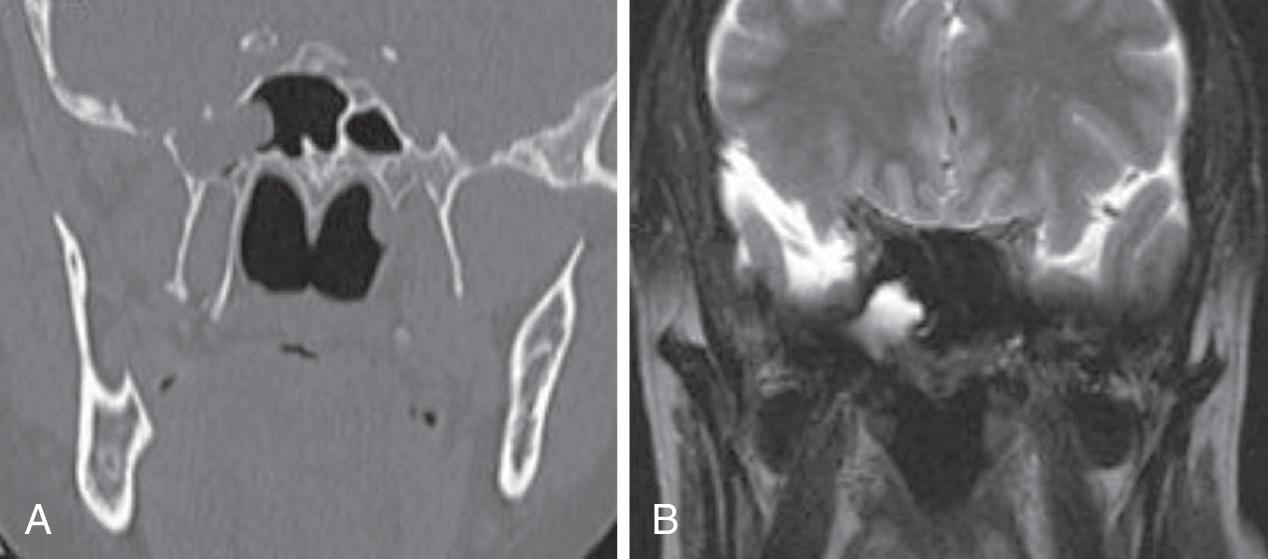Physical Address
304 North Cardinal St.
Dorchester Center, MA 02124
Trauma is the most common cause of CSF leaks.
Endoscopic repair of CSF leaks is effective and offers decreased morbidity compared to open approaches.
Meticulous technique is key to success in repair of skull base defects.
Materials used and procedures employed are less important than the quality of the repair.
The lateral lamella of the cribriform plate is the most common site of iatrogenic CSF leak during functional endoscopic sinus surgery (FESS).
Conservative management is often the first step in managing CSF leaks resulting from acute nonsurgical trauma.
Spontaneous CSF leaks are frequently associated with idiopathic intracranial hypertension.
Trauma
Nonsurgical: most common etiology (70% to 80%). Between 1% and 3% of acute head injuries result in a CSF leak. Seventy percent of leaks close spontaneously with observation and conservative management, which may include bed rest, head of bed elevation, and lumbar drainage.
Surgical (planned and unplanned):
FESS (<1% incidence of CSF leak): the most common site of skull base injury is the lateral lamella of the cribriform plate. The posterior ethmoid skull base is at greater risk when the maxillary sinus is highly pneumatized in the superior-inferior dimension, which creates a relatively decreased posterior ethmoid height ( Fig. 30.1 ).

Neurologic Surgery: transsphenoidal approach for sellar and suprasellar lesions (0.5% to 15% incidence of CSF leak)
Neoplasm: mechanisms include direct tumor invasion and/or mass effect leading to intracranial hypertension.
Congenital: failure of closure of developmental spaces with resultant herniation of intracranial contents. The foramen cecum is the most common location (50%).
Spontaneous: often the result of idiopathic intracranial hypertension (IIH) resulting from decreased CSF reabsorption.
Empty sella syndrome is a radiographic appearance of CSF-filled sella and flattening of the pituitary gland ( Fig. 30.2 ). The pituitary gland is an endocrine gland that resides in the sella turcica and functions to control other endocrine glands (adrenal glands, thyroid, ovaries, testicles) by secretion of controlling hormones. Empty sella syndrome can be seen in IIH, which typically affects women with obesity. Patients typically present with headaches, pulsatile tinnitus, and diplopia. A hallmark physical exam finding is bilateral optic disc edema (papilledema) secondary to increased intracranial pressure (ICP). Treatment is focused on decreasing ICP with pharmacologic therapy consisting of diuretics that lower ICP and headache management, which may include amitriptyline and propranolol. In severe cases with vision problems, surgical intervention may be required, including optic nerve decompression or CSF shunting. Empty sella syndrome can be seen in conjunction with spontaneous CSF leaks.

An encephalocele is herniation of neural tissue through a defect in the skull base ( Figs. 30.3 and 30.4 ) and is defined by the type of tissue that herniates through the defect. A meningocele contains herniated meninges, a meningoencephalocele contains herniated brain matter and meninges, and a meningoencephalocystocele is composed of herniated brain matter and meninges that communicate with a cerebral ventricle.


Encephaloceles can occur in both the skull and spinal column. Twenty percent occur within the cranium and 15% of these are associated with the nasal cavity. Nasal encephaloceles are divided into two types: sincipital and basal. Sincipital (anterior and superior) encephaloceles comprise approximately 60% of nasal encephaloceles and typically present as a soft compressible mass over the glabella. Basal encephaloceles occur through the skull base more posteriorly and comprise approximately 40% of nasal encephaloceles. They may remain hidden for many years because they are located more posteriorly than the sincipital type.
Patients often present with rhinorrhea or recurrent meningitis and may have a broad nasal dorsum or hypertelorism. Encephaloceles may characteristically transilluminate, expand with the Valsalva maneuver, and demonstrate a positive Furstenberg sign (enlargement with compression of internal jugular veins). Radiologic imaging, including computed tomography (CT) and magnetic resonance imaging (MRI), may be used to evaluate the size and location of encephaloceles (see Figs. 30.3 and 30.4 ).
Become a Clinical Tree membership for Full access and enjoy Unlimited articles
If you are a member. Log in here